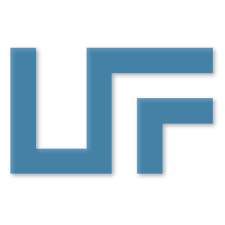Reading - writing and using digital tools in their acquisition
|
|
Imelda Zadeja, Mimoza Priku, Jozef Bushati, Virtyt LeshaDepartment of pedagogy / psychology LOGOS University College, Albania |
|
mail@maial.com |
|
Education for digital transformation |
Number of the paper: 3 |
|
|
Abstract |
|
This paper aims to examine and analyze the strategies used for the acquisition of the first language (L1) based on two components, reading and writing. Learning to read and write is a crucial yet complex process that significantly contributes to students' intellectual development and lays a strong foundation for learning foreign languages. Therefore, exploring new methodologies and strategies can help in overcoming challenges in this area. |
|
Key words |
|
artificial intelligence, language learning, mother tongue (L1), reading, writing |

